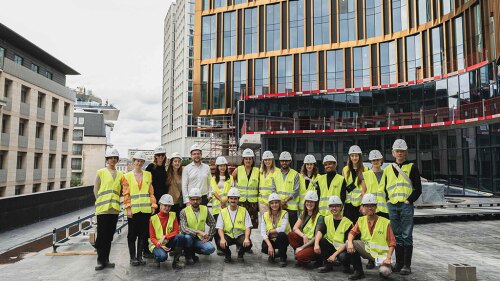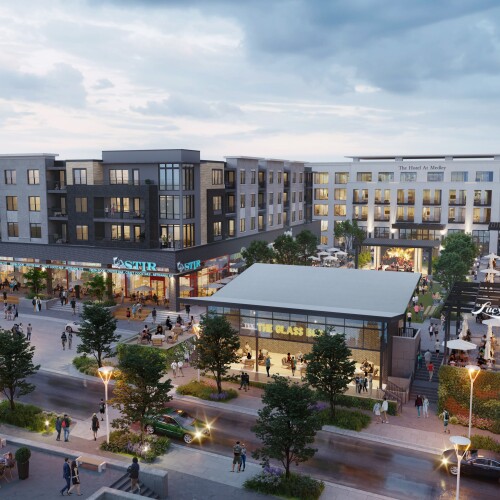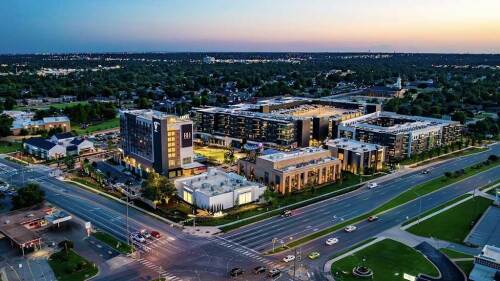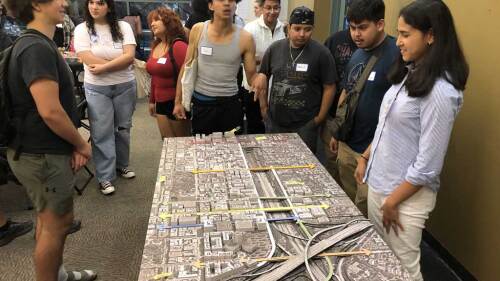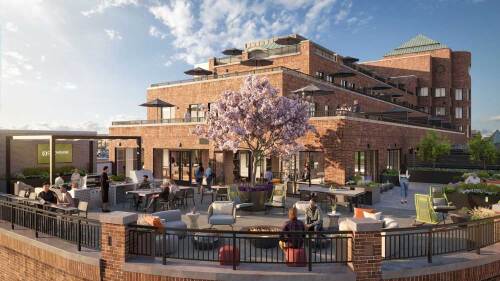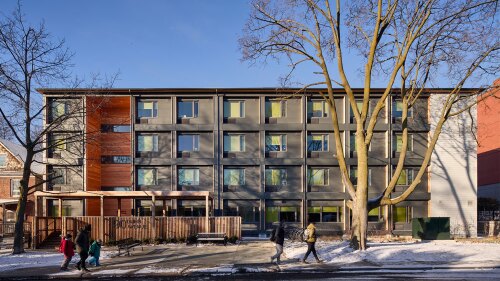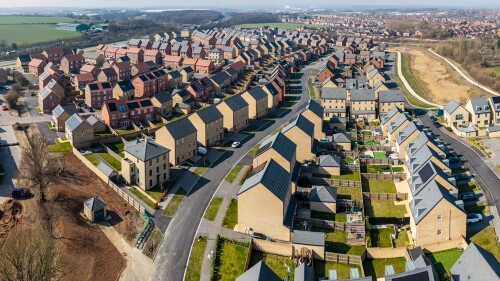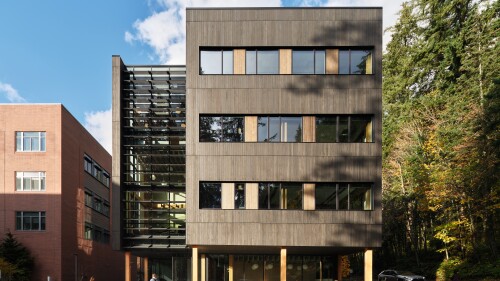Visionary placemaking leader Carol Coletta, recognized for her transformative impact on urban environments, to receive the ULI Prize for Visionaries in Urban Development.
The only thing we can be certain of regarding the transition to battery electric vehicles (BEVs) is that, although that transition is inevitable, we have no reliable way of predicting how it will unfold. From politics and incentives to a Moore’s Law–like evolution in battery efficiency and charging speed, to fire safety improvements being designed into these vehicles, disruption remains the one constant. What does this likelihood mean for the intelligent future-proofer?
How a two-week Fellowship by the Holcim Foundation and ETH Zurich turned the EU’s “Renovation Wave” into a practical playbook for policy, finance, and culture.
Each year, the ULI Young Leaders Exchange (YLX) selects a dynamic city as the backdrop for an immersive exploration of urban development. It brings together the most promising minds in real estate, planning, and design across the Americas—not simply to observe but also to engage, collaborate, and shape the industry’s future. To that end, in April, “YLX 2025 Orlando Unbound—The Space Between” welcomed 51 registered attendees representing 22 District Councils, including three returning participants from past exchanges.
Industry Voices
In cities large and small around the world—from Columbus, Ohio, to Valencia, Spain—a major focus of modern urban revitalization has been the addition of new sports arenas, purposely built in concert with supportive, mixed-use developments that can become self-sustaining neighborhoods.
The OAK project began in 2009, when a development firm set their sights on the corner of Northwest Expressway and North Pennsylvania Avenue, the state’s most important and busiest retail intersection. As the region’s only parcel capable of supporting a vertically integrated project of this scale and density, that land represented an opportunity to create something truly special.
The opportunity to plan and design more than 50 acres of inner-city urban development in any city is significant, but in Pasadena, California, it is a possible inflection point in the city’s history, an opportunity to redress past mistakes, and to set the stage for future generations to benefit from perceptive and forward-thinking planning.
Currently, vacancy rates in the Washington, D.C. area are around 20 percent, in line with the national average. The nationwide housing shortage, meanwhile, has hit a record high of 4.7 million homes, despite a five-year uptrend in new construction. The deficit is particularly pronounced in highly desirable urban and inner-suburban locations such as Alexandria, Virginia.
Across North America, cities are confronting a housing crisis that demands urgent, innovative responses. In Toronto, the launch of the Rapid Housing Initiative (RHI) in April 2020 marked a pivotal moment—an accelerated effort at the height of the pandemic to deliver safe, stable housing. Since then, unprecedented investments have been made in communities across Ontario to address housing insecurity, reshaping the province’s residential landscape.
Although video conferencing and other technological innovation has made it possible for economic activities to be dispersed, differences in growth rates, jobs, and incomes have increased, in recent decades, as regions in the Northwest and Midwest have lost population and regions in the South and West have experienced population, employment, and income growth. The negative effects of housing price increases in growing regions serve as a constraint to domestic migration and economic opportunities, especially for lower-skilled workers. In the long run, unaffordable housing prices contribute to unequal regional development and worsening income disparities. Job-rich regions need to encourage housing production.
Capital Markets
Oracle’s stock recently surged 36 percent in a single day after the announcement of a new deal with OpenAI—a spike that generated an extra $244 billion in market cap for the company. The move fueled increased speculation about a potential AI bubble brewing. Such high-flying stock prices recall the dot-com bubble, when the NASDAQ stock index lost more than 70 percent of its value, dropping from a high of 5,048 in March 2000 to a low of 1,139 in October 2002.
Despite a still tepid transaction market, commercial and multifamily mortgage loan originations increased in the second quarter—up 66 percent compared to a year ago, and up 48 percent from the first quarter of 2025, according to the Mortgage Bankers Association. But what is the outlook for access to debt and equity capital in the second half of the year? Apart from interest rates, where are the biggest pain points in the market for commercial real estate financing?
A seminar organized by the ULI Singapore NEXT Committee presented attendees with the little-known concept of real estate “tokenization,” or fractional investing/trading, as a potential bridge between private investors and direct ownership. Although not new, tokenization in real estate is a niche market, particularly in Asia Pacific, with Singapore hosting a small number of the specialized digital platforms.
Project Profiles
As the environmental impact of construction remains heavily scrutinized amid growing concerns around climate change and resource depletion, universities are turning to new design strategies that prioritize innovation, environmental integration, and sustainability.
In the heart of the Texas Triangle, an ambitious new vision is taking shape: Sandow Lakes, a 33,000-acre (13,355 ha) master-planned community in Milam County. The project’s first phase, known as The Switch, is already underway. Spanning 3,300 acres (1,335 ha), The Switch is an advanced manufacturing and logistics campus under development by Xebec. This supersite is poised to play a vital role in strengthening domestic supply chains by supporting the reshoring of critical manufacturing operations.
In Midtown Atlanta, the Georgia Institute of Technology Foundation is turning the 100-year-old former Biltmore hotel into a mecca for incubating technology startup ventures.
In Memoriam
Esteemed developer Tom Cousins, who was born and raised in Georgia, passed away late last month at age 93. Over the course of his extraordinary life, he became not only one of the most influential real estate and urban development visionaries of our time but also a philanthropist who vowed to create lasting change—and fulfilled that promise.
Joseph C. Canizaro, a past chair and trustee of ULI, passed away at age 88 on June 20, 2025. A member of ULI for more than 50 years, Canizaro built one of New Orleans’ most influential real estate development companies, Columbus Properties, which helped shape the city’s skyline.
Developer sought to improve people’s lives through her work.



